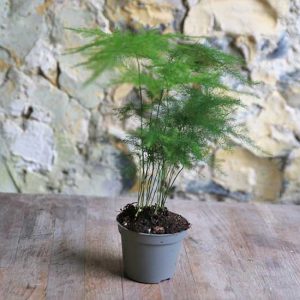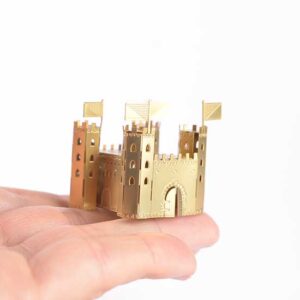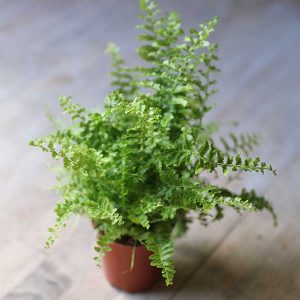HOW TO CARE FOR YOUR NEPHROLEPIS EXALTATA (BOSTON FERN)
THE BOSTON FERN
Nephrolepis Exaltata AKA. Sword Fern / Fishbone Fern / Boston Blue Bell Fern / Tuber Ladder Fern
This elegant bright green fern is the perfect terrarium plant and a fabulous low-maintenance house plant. Blessed with cascades of lush green fronds and a pleasant tropical scent, the ferns work fantastically in contained gardens, large pots, open plant stands and hanging baskets. Although disputed by some botanical history buffs, supposedly the name ‘Boston Fern’ originated when a specific mutation of the fern species was discovered aboard a shipment of goods from Boston to Philadelphia in 1894.
Where Does It Come From?
Native to tropical regions throughout the world, this common fern can be found in abundance in Central and South America, the West Indies, Polynesia and Africa. A lover of swamps, forest floors and floodplains, these plants thrive in damp environments with plenty of warmth.
Why Should I Get One?
- More than just a pretty face, the Boston Fern is well known to be an efficient air-purifier and are also effective humidity regulators. These pretty little ferns do much more than just brighten up your home, so pop them in stuffy rooms for a self-sustaining breath of fresh air.
- An added plus is that the ferns are known to be non-toxic, so are safe for households with small children and pets.
How Big Can It Grow?
These perennial evergreens can come in all shapes and sizes. In the wild, the ferns can grow up to around 1.5 metres high, whereas the miniatures used in terrariums can maintain themselves in neat little bundles of around 10cm. Depending on the space and conditions you’re able to provide your plant with, your fern will adapt to what it is given.
Where Should I Keep It?
Ferns tend to huddle in damp spaces on the forest floor, so indirect sunlight and light shade are the order of the day for your Boston Fern. That being said, the ferns are fairly resistant to drought and like high temperates of around 20°C if possible. Humidity and heat are key, so avoid placing the ferns anywhere where they may experience a cold draught or overly dry air (such as next to a radiator).
How Often Should I Water It?
In their natural habitat, these ferns thrive in moist soils that are rich in nutrients. Water regularly in the summer whenever you notice the soil looking a little dry, but be careful not to drown the plant. Lukewarm, soft water works best for fast absorption. When humidity drops below 80%, the ferns benefit from a light misting to keep them happy during chilly or dry spells. A monthly dose of liquid fertiliser is an added bonus for which your plant babies will be eternally grateful.
A few miscellaneous care tips are to remove dying and crispy fronds to keep the central plant healthy, and to keep an eye on fronds at the base of the plant that have become too wet. These can begin to rot and can spread ick to the rest of the vegetation. Don’t panic if your fern develops dark brown spores on the underside of the leaves: the ferns produce these patches of spores when ready to reproduce and it is an indication that your plant is in perfect health!
With bright green leaves that bring a taste of the tropics to your home, it is easy to see why the Boston Fern became so wildly popular in Victorian England to spruce up the townhouses of the wealthy elite. Pop your fern on a shelf or in a hanging basket and enjoy the buzz of watching the graceful fronds trickle over the edge as they grow!
Heat + Humidity = Happy Fern … Good luck!
-
 Sold OutSelect options This product has multiple variants. The options may be chosen on the product page quick viewQuick View
Sold OutSelect options This product has multiple variants. The options may be chosen on the product page quick viewQuick View3 or 6 Month Gift Subscription (Cacti & Succulent Plant Subscription)
Lifestyle: Gifts, Kits & More, Plant Subscriptions, View All £60.00 – £120.00 -
Quick View
Mini Asparagus Fern aka Lace Fern (Asparagus Setaceus)
Baby House Plants, Ferns, Mini Terrarium Plants, View All £6.00 -
Quick View
Mini Castle Terrarium Decoration
Lifestyle: Gifts, Kits & More, Terrarium Moss, Decor + Tools, View All £10.50 -
Quick View
Miniature Boston Fern (Nephrolepis Exaltata)
View All, Mini Terrarium Plants, Ferns, Baby House Plants £6.00



